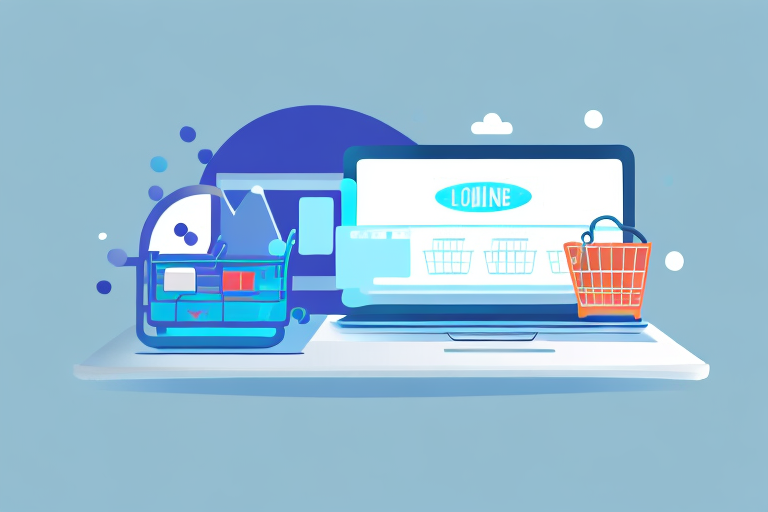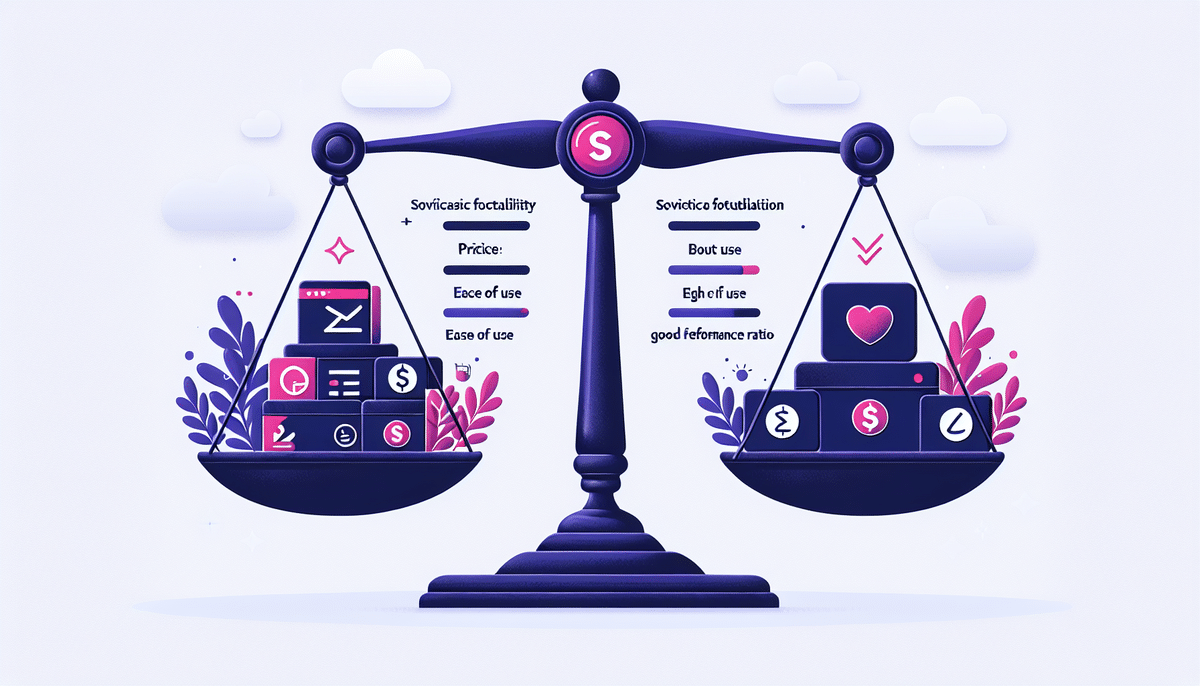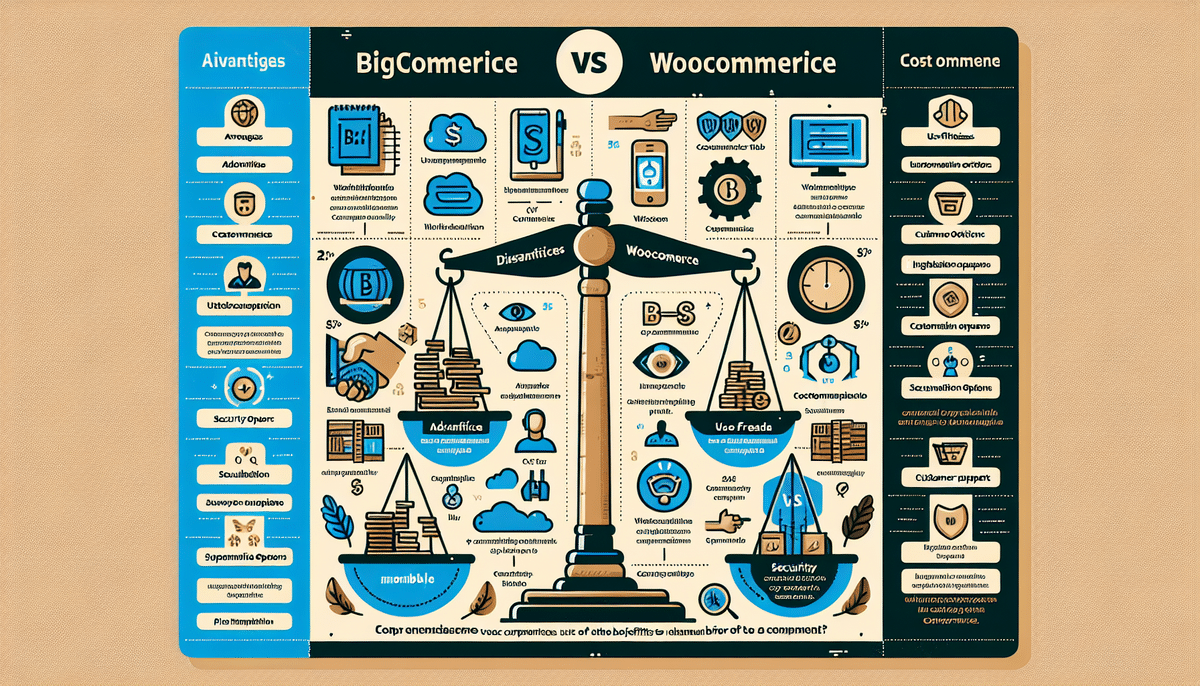Choosing the Right E-commerce Platform and Hosting
Selecting the Right E-commerce Platform
The foundation of a successful online store lies in selecting the appropriate e-commerce platform. Popular options include Shopify, Magento, and WooCommerce. Each platform offers unique features, pricing plans, and scalability options. For instance, Shopify is known for its user-friendly interface and extensive app marketplace, making it ideal for small to medium-sized businesses. In contrast, Magento provides robust customization capabilities suitable for larger enterprises.
When choosing a platform, consider factors such as ease of use, customization options, integration capabilities with payment gateways, and customer support. It’s also beneficial to explore user reviews and industry reports, such as those from Gartner or Forrester, to gain insights into platform performance and reliability.
Selecting a Domain Name and Web Hosting
Your domain name is your brand’s identity online. It should be memorable, relevant to your business, and include relevant keywords when possible. Tools like Namecheap or GoDaddy can help you search for and register available domain names.
For web hosting, choose a provider that offers fast load times, excellent uptime, and scalability to accommodate your business growth. Providers like Bluehost, SiteGround, and Amazon Web Services (AWS) offer specialized hosting plans tailored for e-commerce needs, including SSL certificates and enhanced security features.
Designing a User-Friendly and Secure Website
User-Friendly Website Design
A user-friendly website is crucial for retaining visitors and converting them into customers. Use clear navigation menus, intuitive layouts, and high-quality images to enhance the browsing experience. Platforms like Shopify Themes and WooCommerce Themes offer a variety of customizable templates that can be tailored to your brand’s aesthetic.
Incorporate responsive design to ensure your website performs well on all devices. According to a Statista report, over 54% of global web traffic originates from mobile devices, making mobile optimization essential.
Ensuring Website Security
Security is paramount in e-commerce to protect customer data and build trust. Implement SSL certificates to encrypt data transmissions and comply with standards like PCI DSS for handling payment information. Additionally, use secure payment gateways and regularly update your website’s software to guard against vulnerabilities.
Managing Products and Inventory
Creating a Product Catalog
A well-organized product catalog showcases your offerings effectively. Each product listing should include detailed descriptions, high-resolution images, pricing information, and customer reviews. Tools like Shopify Products and WooCommerce Products allow for easy management and categorization of your inventory.
Incorporate SEO best practices in your product descriptions by using relevant keywords and providing unique content to improve search engine rankings.
Inventory Management
Efficient inventory management prevents stockouts and overstock situations. Utilize inventory management systems like TradeGecko or Shopify Inventory Management to automate stock tracking, reorder points, and sales forecasting. According to a Business Insider study, effective inventory management can reduce costs by up to 20%.
Marketing and Promotion Strategies
Digital Marketing Techniques
Implement a comprehensive digital marketing strategy to drive traffic and increase sales. Utilize SEO to improve your website’s visibility on search engines. Invest in Pay-Per-Click (PPC) advertising through platforms like Google Ads and Facebook Ads to target specific demographics.
Leverage social media marketing to engage with your audience and build your brand presence. Email marketing remains a powerful tool for retention and conversion, with platforms like Mailchimp offering automation features to streamline campaigns.
Best Practices to Boost Sales
Adopt best practices such as offering personalized product recommendations, simplifying the checkout process, and utilizing social proof like customer testimonials and reviews. According to a Tidio report, personalized experiences can increase sales by up to 15%.
Shipping, Delivery, and Customer Service
Integrating Shipping and Delivery Options
Offering a variety of shipping and delivery options caters to diverse customer needs. Provide choices such as standard shipping, express delivery, and free shipping thresholds. Transparent communication about shipping costs and delivery times enhances customer satisfaction. Incorporate tracking features to allow customers to monitor their orders in real-time.
Partners like UPS, FedEx, and USPS offer integrations with major e-commerce platforms to streamline the shipping process.
Offering Excellent Customer Service
Exceptional customer service fosters loyalty and encourages repeat business. Implement multiple support channels, including live chat, email, and phone support. Use tools like Zendesk or Freshdesk to manage customer inquiries efficiently.
Personalize customer interactions by addressing customers by name and offering tailored recommendations based on their purchase history. According to Forbes, 96% of customers consider customer service important in their choice of loyalty to a brand.
Legal Considerations and Compliance
Understanding Legal Requirements
Operating an online store involves adhering to various legal and regulatory requirements. Ensure compliance with tax laws, including VAT or sales tax obligations based on your location and customer base. Resources like IRS Sales Tax provide guidelines for U.S. businesses.
Obtain necessary business licenses and permits, which can vary by region and industry. Consult platforms such as SBA for detailed information on licensing requirements.
Data Protection and Privacy
Protecting customer data is crucial. Comply with regulations like the General Data Protection Regulation (GDPR) in the EU and the California Consumer Privacy Act (CCPA) in the U.S. Implement robust data protection measures and clearly communicate your privacy policies to customers.
Analyzing and Optimizing Your Online Store
Sales Data Analysis
Regularly analyzing sales data provides insights into your store’s performance and customer behavior. Utilize analytics tools like Google Analytics and Tableau to track key metrics such as conversion rates, average order value, and customer acquisition costs.
Data-driven decisions can help optimize product offerings, pricing strategies, and marketing campaigns. For example, identifying top-performing products can inform inventory management and promotional efforts.
Continuous Optimization
Optimize your website and marketing strategies based on data insights. A/B testing different website elements, such as call-to-action buttons or product page layouts, can lead to improvements in user experience and conversion rates. Tools like Optimizely offer comprehensive A/B testing capabilities.
Stay informed about industry trends and competitor strategies to maintain a competitive edge. Regularly updating your approach ensures that your online store remains relevant and effective in attracting and retaining customers.
Scaling Your E-commerce Business
Expanding Product Offerings
As your business grows, consider diversifying your product offerings to meet broader customer needs and tap into new markets. Conduct market research to identify trends and gaps in the market. Platforms like POWr can help you seamlessly add new products and categories to your store.
Introducing complementary products can increase average order value and encourage repeat purchases. For instance, if you sell apparel, adding accessories like belts or hats can enhance your inventory without deviating from your brand.
Entering New Markets
Expanding into new geographical markets can significantly boost your revenue. Tailor your marketing strategies to fit the cultural and consumer behavior nuances of different regions. Utilize international shipping providers and consider localizing your website content to cater to a global audience.
According to a Statista report, global e-commerce sales are projected to reach $6.54 trillion by 2023, highlighting the immense potential for growth in international markets.
Avoiding Common E-commerce Mistakes
Common Pitfalls to Watch Out For
Many e-commerce entrepreneurs encounter similar challenges when starting their online stores. Common mistakes include poor website design, ineffective marketing strategies, and inadequate customer service. Avoiding these pitfalls can set the foundation for long-term success.
Ensure your website is visually appealing and easy to navigate. Invest in professional design or high-quality templates to create a trustworthy online presence. Similarly, develop a robust marketing plan that includes SEO, content marketing, and social media engagement to drive traffic and conversions.
Learning from Successful Entrepreneurs
Study the experiences of successful e-commerce entrepreneurs to glean valuable lessons. For example, Forbes highlights the importance of adaptability, customer-centric approaches, and continuous innovation in achieving business growth. Implementing these strategies can help you navigate challenges and capitalize on opportunities in the e-commerce landscape.
By following these structured steps and adhering to best practices, you can establish a robust online store that is user-friendly, secure, and primed for growth. Stay informed about the latest e-commerce trends and continuously optimize your strategies to provide an exceptional shopping experience for your customers.




















